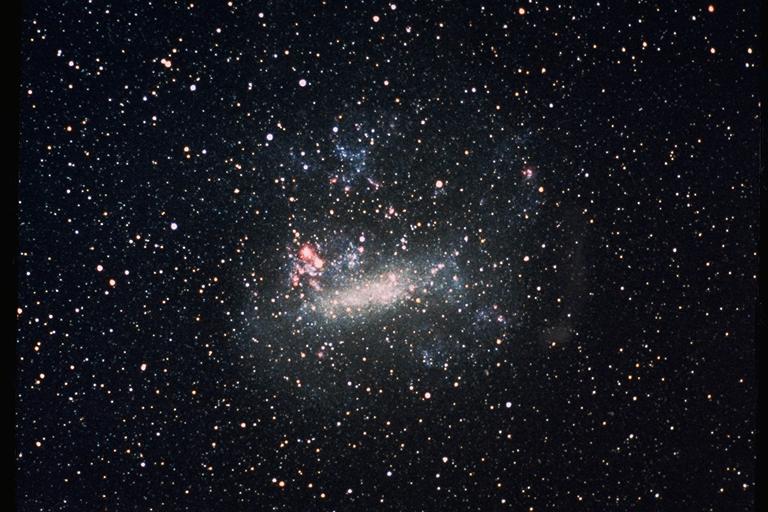
On a clear night in central Idaho, you can see the sweep of our own Milky Way galaxy split the velvet sky. Although we now know the observable Universe spans 13 billion light years, in the 1920s, astronomers didn’t even know how big the Milky Way was. In fact, many astronomers believed our galaxy comprised the entire universe and that what we now know as different galaxies were just strange nebulae within the Milky Way. The story of how astronomers finally took the true measure of the Universe as a result of the the tireless efforts of a human computer.
Continue Reading




